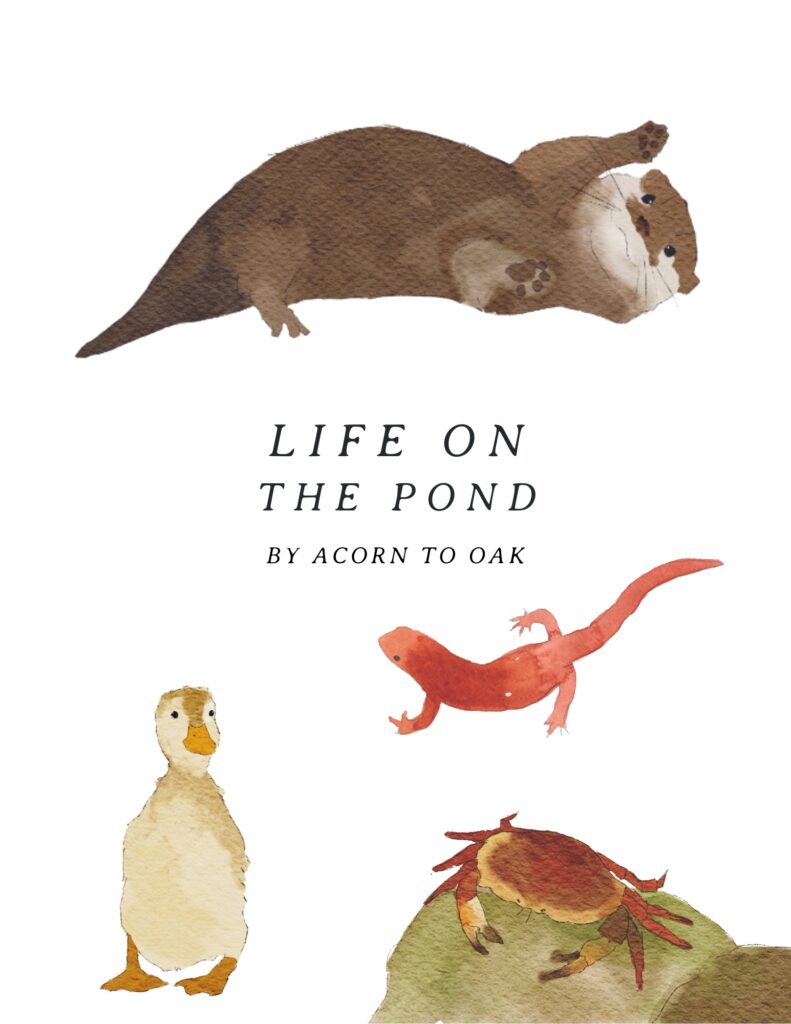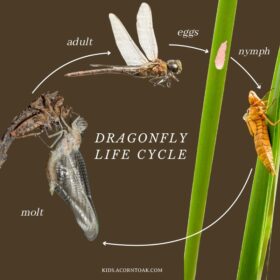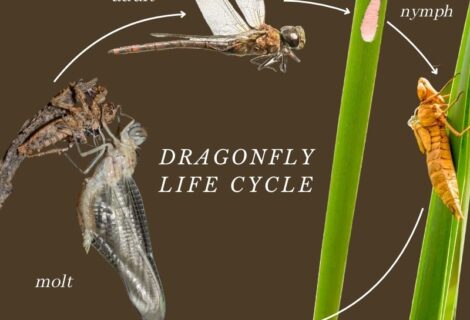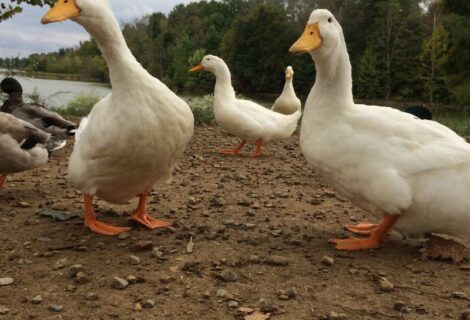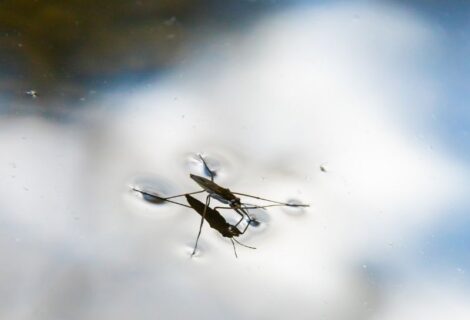
When you think of crustaceans, you might picture crabs and lobsters scuttling along the ocean floor. But did you know that there are also crustaceans living in rivers, lakes, and streams? These freshwater crustaceans are fascinating creatures that play important roles in their ecosystems.
What Are Freshwater Crustaceans?
Freshwater crustaceans are small, hard-shelled animals that live in freshwater environments like rivers, ponds, and lakes. They have hard exoskeletons, jointed legs, and segmented bodies
What Are The Most Common Types Of Freshwater Crustaceans?
Some of the most common types include crayfish, freshwater crabs, freshwater shrimp, and water fleas. These creatures have exoskeletons (hard outer shells) and jointed legs, which help them move and protect themselves.
Crayfish

Crayfish are one of the most well-known freshwater crustaceans, but you may know them by a different name. Crayfish are also called “crawfish” or “crawdads.” They look like tiny lobsters and can be found hiding under rocks and logs in streams, ponds and even under waterfalls. Crayfish are excellent scavengers, meaning they help keep their environment clean by eating dead plants and animals. They also eat small insects and algae.
Freshwater Shrimp
Freshwater shrimp might be small, but they play a big role in keeping water clean. These tiny crustaceans feed on algae and tiny particles of organic matter, helping to filter and purify the water. Some freshwater shrimp are so small that you might need a magnifying glass to see them. You may also see these at the pet store, because they are often used to keep fish tanks clean.
Freshwater Crabs
Freshwater crabs are similar to those found in the ocean, but they are much smaller. They have strong claws for catching food and defending themselves, and their hard shells protect them from predators. Like the crayfish, freshwater crabs are also scavengers.
Ready to learn more about pond life? Access our full pond study here!


